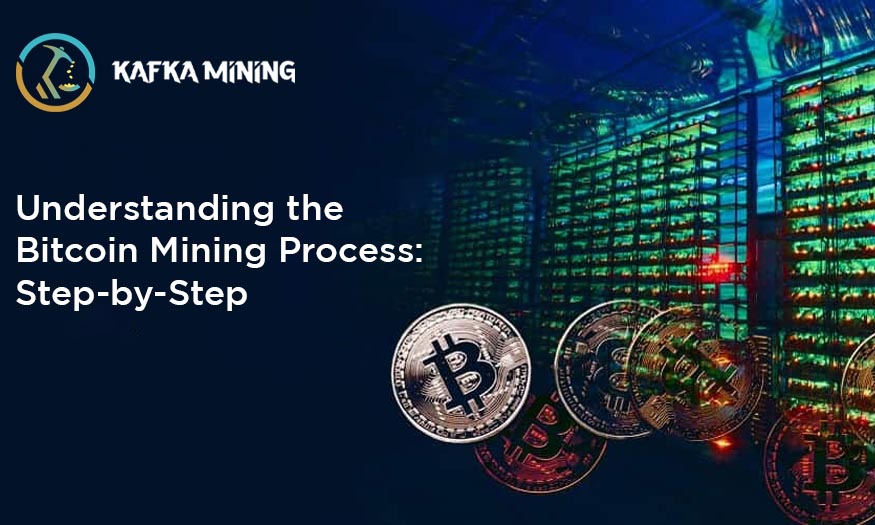
Bitcoin mining is a vital process that underpins the entire Bitcoin network, allowing transactions to be verified and added to the blockchain. In this article, we will explore the Bitcoin mining process step-by-step, and explain how miners are incentivized to contribute their computing power to secure the network.
Step 1: Verification of Transactions
The first step in the Bitcoin mining process is the verification of transactions. Whenever a new transaction occurs on the network, it is broadcast to every node in the network. Nodes are the individual computers that make up the Bitcoin network. Each node has a copy of the blockchain, which is a record of all transactions that have occurred on the network. The nodes verify the transaction by checking that the sender has enough funds to send, and that the receiver has not received any conflicting transactions.
Step 2: Collection of Transactions into Blocks
Once a transaction has been verified by the network, it is added to a pool of unconfirmed transactions. Miners are responsible for collecting transactions from this pool and assembling them into a new block.
Step 3: Finding the Nonce
The most important step in the mining process is the discovery of a "nonce." A nonce is a random number that is added to the block in order to create a hash that is below a certain target. This process is also called "Proof of Work." It is what secures the network and ensures that transactions are legitimate.
Step 4: Creation of the Hash
Once a nonce has been found, the miner creates a hash by combining the nonce with the previous block's hash and the list of transactions. The miner then broadcasts the new block to the network.
Step 5: Validation by the Network
Other nodes on the network receive the new block and validate it. If the block is valid, it is added to the blockchain. The miner who discovered the nonce is rewarded with a certain number of bitcoins. This is how new bitcoins are created.
Step 6: Difficulty Adjustment
The difficulty of the mining process is adjusted periodically in order to maintain a steady flow of new bitcoins. The difficulty is adjusted based on the total amount of computing power being used by miners on the network.
In order to participate in the mining process, a miner needs to have specialized hardware known as an ASIC (Application-Specific Integrated Circuit). These devices are designed specifically for mining bitcoins and are much more efficient than traditional computer hardware. Mining hardware can be expensive and consumes a lot of electricity, so it's not a profitable activity for individuals to participate in on a small scale. Instead, most mining is done by large mining operations that have the resources to invest in the necessary hardware and infrastructure.
In addition to the reward of newly created bitcoins, miners also earn transaction fees for including transactions in their blocks. The fees are paid by the sender and are used to prioritize the transaction. The higher the fee, the faster the transaction is likely to be processed by the network.
In conclusion, Bitcoin mining is a complex process that is essential to the security and reliability of the network. It involves verifying transactions, collecting them into blocks, finding a nonce, and creating a hash. The difficulty of the mining process is adjusted regularly, and miners are rewarded with newly created bitcoins and transaction fees. While mining can be a profitable activity, it requires significant resources and infrastructure, and is typically done by large mining operations. Understanding the Bitcoin mining process is crucial for anyone who wants to learn more about how Bitcoin works and how it can be used as a digital currency.
Leave a Comment